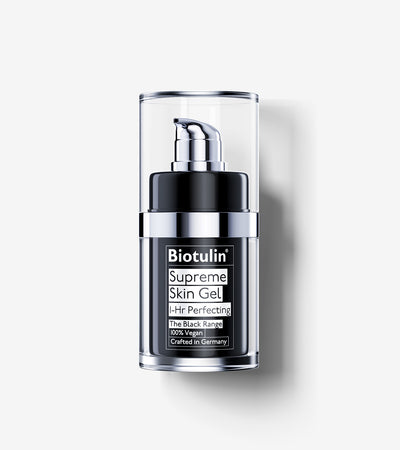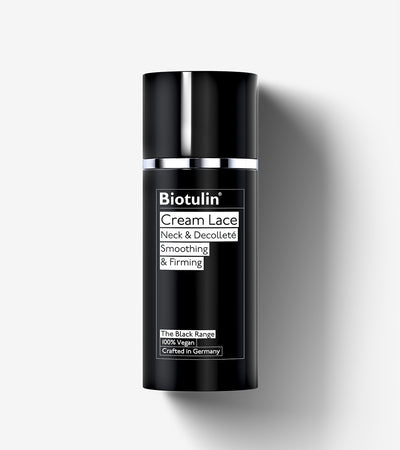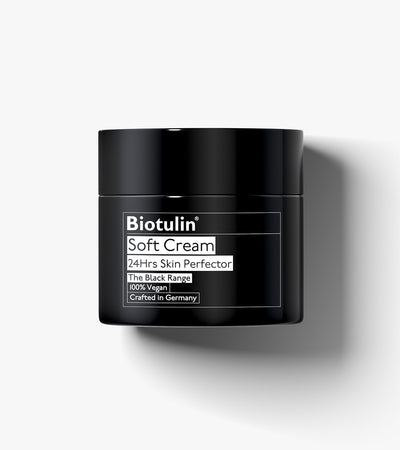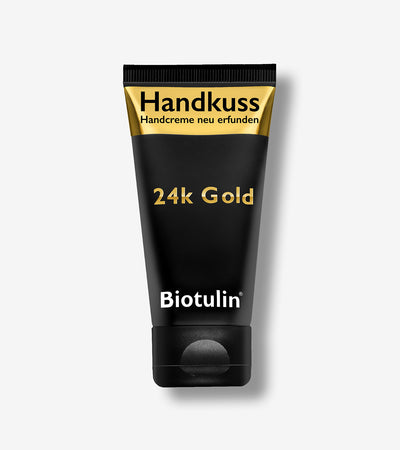Overview/Definition
Sodium hydroxide, also known as lye or caustic soda, is an inorganic compound with the chemical formula NaOH. It is a highly alkaline substance that is widely used in various industries, including skincare and cosmetics. Sodium hydroxide is produced through the electrolysis of saltwater, yielding a strong base that is highly reactive with fats and oils.
In skincare, sodium hydroxide primarily functions as a pH adjuster, helping to regulate the acidity or alkalinity of formulations to ensure they remain within a skin-friendly range. It is also used in small concentrations to facilitate saponification, the process that converts oils into soap. While sodium hydroxide in its pure form is highly caustic and can cause skin burns, when properly diluted in skincare formulations, it plays a crucial role in creating safe and effective products.
Function in Skincare
- pH Adjuster: Helps balance the pH of skincare formulations to maintain skin compatibility.
- Saponification Agent: Essential in soap-making to convert oils and fats into cleansing agents.
- Exfoliant: In some formulations, it aids in breaking down dead skin cells, enhancing exfoliation.
Skin Type Suitability
- Oily and Acne-Prone Skin: Found in cleansers and acne treatments that help remove excess oil.
- Normal Skin: Generally well-tolerated in mild formulations.
- Not Suitable for Sensitive or Dry Skin: Can be too harsh and lead to irritation, especially in high concentrations.
Benefits
- Ensures that skincare products maintain a skin-friendly pH level.
- Facilitates the production of gentle cleansers and soaps.
- Helps enhance the efficacy of exfoliating formulations.
Potential Side Effects or Risks
- Skin Irritation: Can cause redness and dryness, especially in high concentrations.
- Burns and Corrosion: Pure sodium hydroxide is extremely caustic and dangerous upon direct contact.
- Allergic Reactions: Rare but possible in individuals with sensitive skin.
Usage in Skincare Products
- Commonly found in cleansers, soaps, and exfoliants.
- Used in minimal concentrations in moisturizers and serums for pH adjustment.
How it’s used
- Should only be applied to the skin in properly formulated products.
- Avoid high concentrations, as they can be damaging.
- Best used in cleansers and wash-off products rather than leave-on treatments.
Scientific Studies/Research
Other Names/Synonyms
- Lye
- Caustic Soda
- Sodium Hydrate
Sustainability/Environmental Impact
- Not naturally derived but can be produced sustainably.
- Requires proper handling and disposal to prevent environmental damage.
- Does not accumulate in the environment but can cause water contamination in large quantities.
Fun Facts
- Sodium hydroxide has been used in soap-making for centuries.
- It is also used in food preparation, such as in the making of pretzels.
- Historically, it was extracted from wood ash and mixed with animal fats to create early forms of soap.







